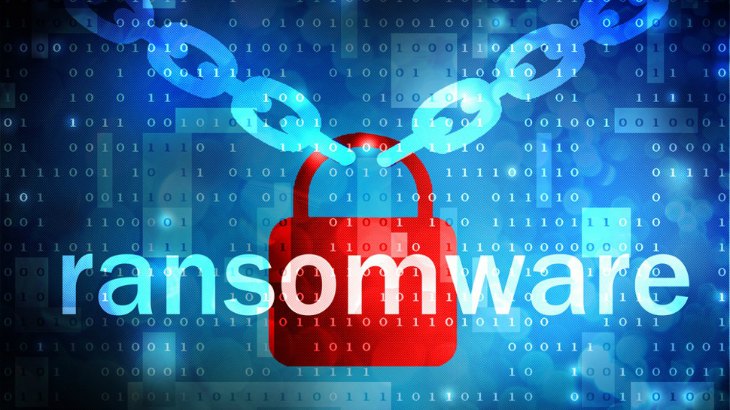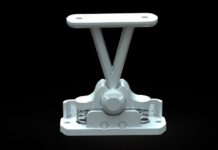If you suddenly find your videos, documents and pictures encrypted and you get a bunch of “Your Personal Files Are Encrypted” pop-ups asking for money in order to recover your lost files, your computer has definitely been infected with ransomware. These programs are a type of malware which will encrypt the personal documents of the victim’s computer. Then, they will display a message offering to decrypt the data if a payment is made within a given period of time, otherwise all the data would be destroyed.
If you own a business, having IT support should be a no-brainer. However, if your personal computer is infected, then you might want to reconsider structuring your malware protection software a little bit better and take more precautions to protect your PC. Ransomware removal is possible, but preventing it from getting into your PC is much easier.

Most of the time, the primary distributor of ransomware is the internet. By visiting malicious websites, or websites that have been hacked, it can infest your PC through exploit kits that use the vulnerabilities of your PC to install ransomware without your knowledge or permission. Another method is through spam email containing attachments or links to malicious sites. These emails usually contain information that will lead you to believe that it’s from shipping companies like FedEX or DHL.
In order to perform ransomware removal, you have to use a reputable anti-virus program. Whether that’s Malwarebytes, Avast, Avira or AVG – it doesn’t matter, as long as it’s up to date with the latest viruses. But it’s always best to prevent these malwares than to get rid of them. And you should always back-up valuable files so that even if they get infected with ransomware, you don’t risk losing valuable information and data.
If the ransomware prevents you from completely starting your computer, you can use system restore to roll your windows back in time. Doing so won’t affect your personal files but it will return the programs and system files to the state they were in at a certain time. In order to attempt a system restore, you have to shut down your PC. Then, turn it back on and as soon as the start-up begins, press F8 to enter the advanced boot options. Once there, select Repair Your Computer and click Enter. Next, you’ll need to log in as a user by selecting your windows account name and password (if you don’t have a password, leave that field blank). Once you log in, you’ll find a few shortcuts to several tools; click System Restore.
















